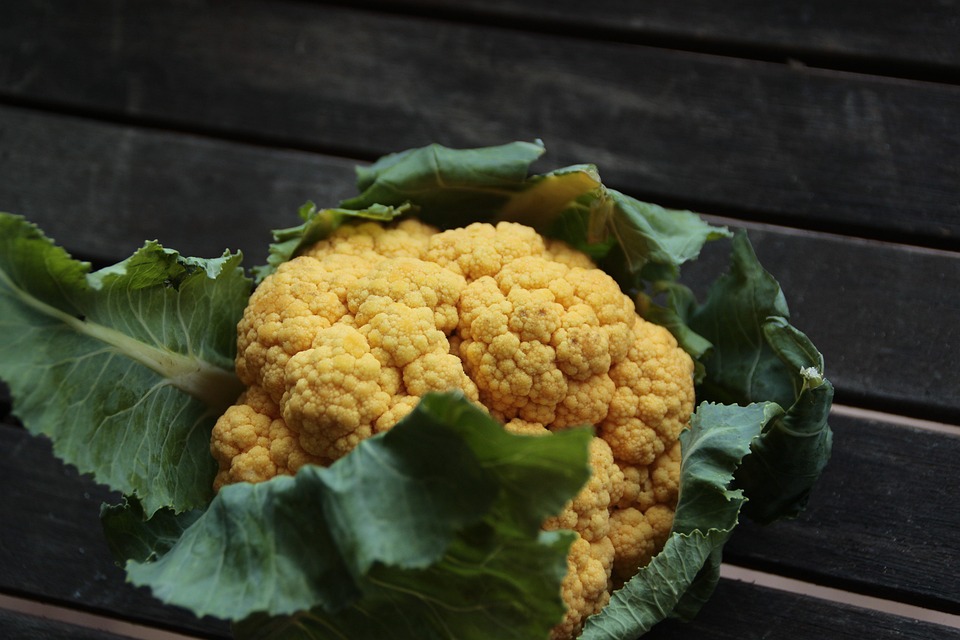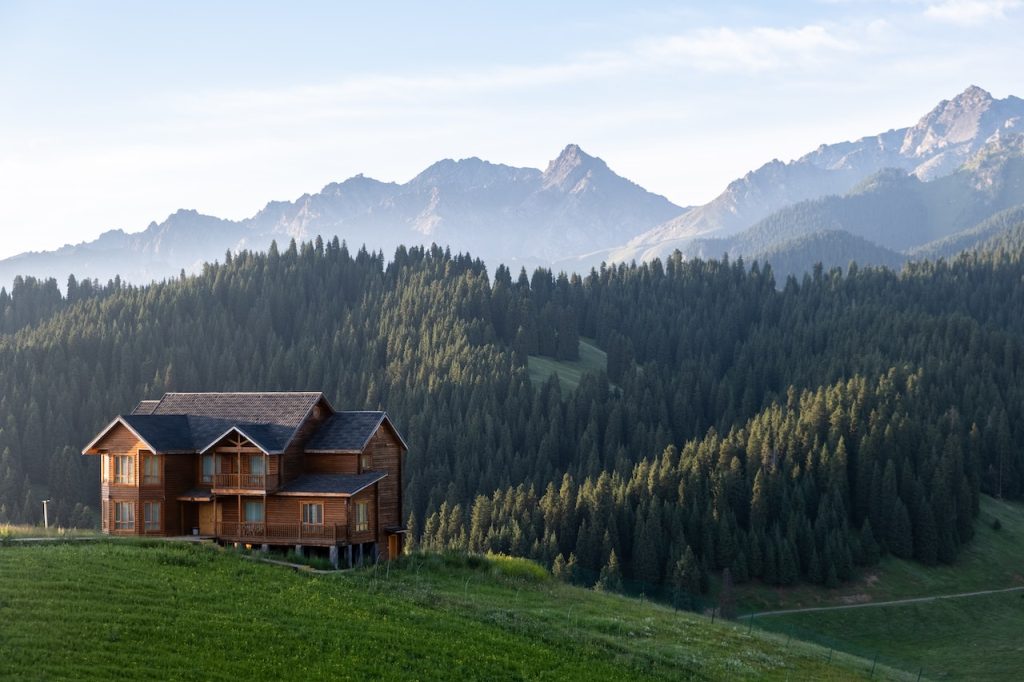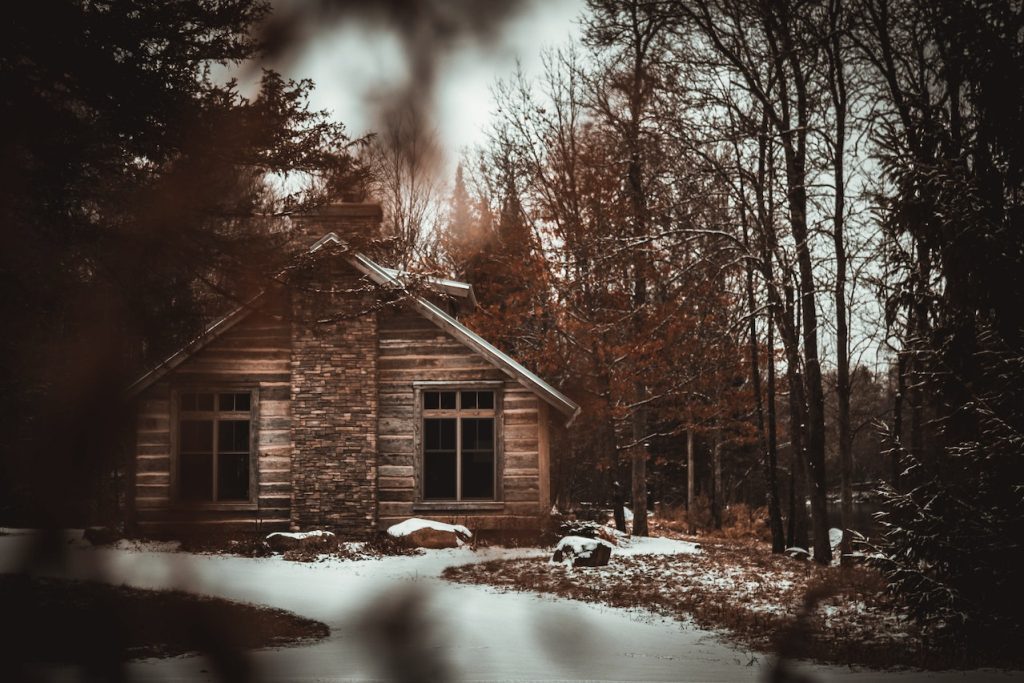# Native Plants: The Secret to a Low-Maintenance, Eco-Friendly Garden
There’s a certain magic that unfolds in a garden filled with native plants. I’ll never forget the day I ventured into my patch of wilderness, surrounded by fragrant wildflowers swaying in the breeze and buzzing bees dancing among the petals. What began as a simple gardening experiment blossomed into a vibrant oasis of knowledge about sustainability and nature. It felt like the land welcomed me as I learned that incorporating native plants transformed not only my garden but also my perspective on how we interact with our environment.
Welcome to the world of native plants! If you’re looking to cultivate a low-maintenance, eco-friendly garden that thrives with little intervention, this article is for you. Native plants are not just beautiful; they’re essential contributors to our ecosystems, and choosing them is the best way forward for sustainable gardening.
## What Are Native Plants?
Native plants are species that have evolved in a particular region for thousands of years, adapting perfectly to the climate, soil, and wildlife of that area. Unlike exotic plants, which may require special care or modifications to survive, native plants are hardy, resilient, and equipped to thrive in their natural habitats.
### Benefits of Native Plants
#### 1. Low Maintenance
One of the most delightful aspects of native plants is their low-maintenance nature. Once established, they require minimal watering, no fertilizers, and little to no pest control. Their built-in resilience is a game-changer; they can withstand periods of drought and flourish through various weather changes without a gardener’s constant attention.
#### 2. Biodiversity Boost
Planting native species helps to increase the biodiversity of your garden. They provide vital food and habitat for local wildlife, including birds, butterflies, and beneficial insects like bees. A diverse ecological community creates a healthier environment for all.
#### 3. Soil Health
Native plants are champions of soil health. Their deep taproots improve soil structure, enhance water infiltration, and prevent erosion. By planting natives, you reap the benefits of naturally enriched soil teeming with life, reducing the need for synthetic fertilizers.
#### 4. Climate Resilience
As climate change continues to be a pressing issue, native plants bring hope. These species have developed resilience over centuries, allowing them to adapt and thrive even when faced with changing weather patterns. They require less water and can often survive heatwaves or floods better than their non-native counterparts.
#### 5. Aesthetic Appeal
Let’s not forget the beauty. Native plants come in a spectrum of colors, shapes, and sizes. From vibrant wildflowers to elegant grasses, they can create a visually dynamic landscape that evolves through the seasons. An eco-friendly garden filled with natives can be an enchanting visual feast.
## Getting Started with Native Plants
### Assess Your Space
Before plunging into planting, take the time to observe and assess your garden space. Consider factors like sunlight exposure, soil type, drainage, and the existing wildlife that frequent your area. Understanding your environment will enhance your success with native plants.
### Research Local Species
Consult local gardening resources or extension services to identify which native plants are local to your region. Look for flowering plants, shrubs, and trees that suit the sunlight and moisture conditions of your space. Familiarize yourself with the plants that attract local pollinators and wildlife.
### Design Your Garden Layout
When designing your native garden, think about layers. Incorporate a mix of heights by mixing taller plants at the back and shorter ones at the front. Group plants with similar water and sunlight needs together to create an organized and visually appealing layout. Remember, native plants don’t require precision – nature is beautifully imperfect.
### Creating the Right Environment
– **Soil Preparation:** Native plants are often better equipped to handle the existing soil conditions. However, loosening the soil and adding organic matter can enhance growth.
– **Watering:** Water your new plants regularly for the first year to help them establish. Once established, most natives will require little to no supplemental watering.
– **Weeds:** While your native plants settle in, monitor for invasive weeds that may compete for resources.
## Pro Tips for a Thriving Native Garden
1. **Embrace Variety:** Plant a mixture of flowering and non-flowering natives. This diversification will attract a wide range of pollinators and wildlife.
2. **Seasonal Interest:** Choose species that bloom at different times of the year. This will ensure that your garden remains vibrant and alive throughout the seasons.
3. **Observation is Key:** Spend time observing which plants attract the most pollinators. This can help you tailor your choices for an even more engaging habitat.
4. **Reduce Lawn Area:** Consider converting sections of your lawn into native plant gardens—this not only enhances your yard’s biodiversity but also reduces the need for upkeep.
5. **Seed Saving:** Gather seeds from your native plants to grow more next season. Not only is this cost-effective, but it promotes the continuation of native species in your area.
## Suitable Native Plants for Your Garden
– **Wildflowers**: Look for Black-eyed Susans, Coneflowers, and the delicate Coreopsis. These not only add color but also provide crucial nectar sources for butterflies and bees.
– **Grasses**: Native grasses like Little Bluestem and Switchgrass create visual interest and provide habitat for wildlife.
– **Shrubs**: Consider native options like Willow or Red-twigged Dogwood for structure and texture. These shrubs often attract birds looking for shelter.
– **Trees**: Incorporate sturdy, drought-resistant trees like Oak or Serviceberry, which provide shade and food for local fauna.
## Troubleshooting Common Issues
Even the most resilient native plants can face challenges. Here are some common issues and how to tackle them:
– **Pest Issues**: Most native plants are more resistant to local pests. However, if you notice a problem, try introducing beneficial insects like ladybugs or lacewings, which naturally keep pest populations in check.
– **Overcrowding**: As your native garden grows, some plants may become crowded. Thin out overgrown areas judiciously to provide space for healthier growth.
– **Watering**: If you notice wilting plants, check the soil moisture. Remember, established natives often thrive with minimal water, but extreme conditions might necessitate temporary supplemental watering.
## The Bigger Picture: Connecting with Nature
Creating a garden filled with native plants is about more than aesthetics; it’s a way to reestablish a connection to the ecosystem. Gardens can serve as vital habitats for local wildlife and spaces that foster community connections.
Consider participating in neighborhood gardening groups or workshops focused on native plants. Share your knowledge, gather insights, and be part of a movement towards sustainability. By championing native species, each of us can contribute to a healthier planet.
## Conclusion
Stepping into your garden should feel like a celebration of nature. By embracing native plants, you’re choosing to create a vibrant, low-maintenance, and eco-friendly sanctuary that honors the land. With each bloom, you’re not just beautifying your surroundings—you’re nourishing your community, including its wildlife and plants. Dive into the world of native gardening, and remember: nature has its own strategies for thriving; all you need to do is to step back, get your hands dirty, and enjoy the process!
### Join the Movement
The beauty of gardening with native plants lies in its potential to foster change. Whether you have sprawling acreage or a tiny balcony, incorporating these remarkable plants can make a difference. So gather your seeds, embrace the dirt under your nails, and plant the seeds of a sustainable future. Are you ready to discover the secret to a thriving garden that respects the earth? Dive in, and let the adventure unfold!



